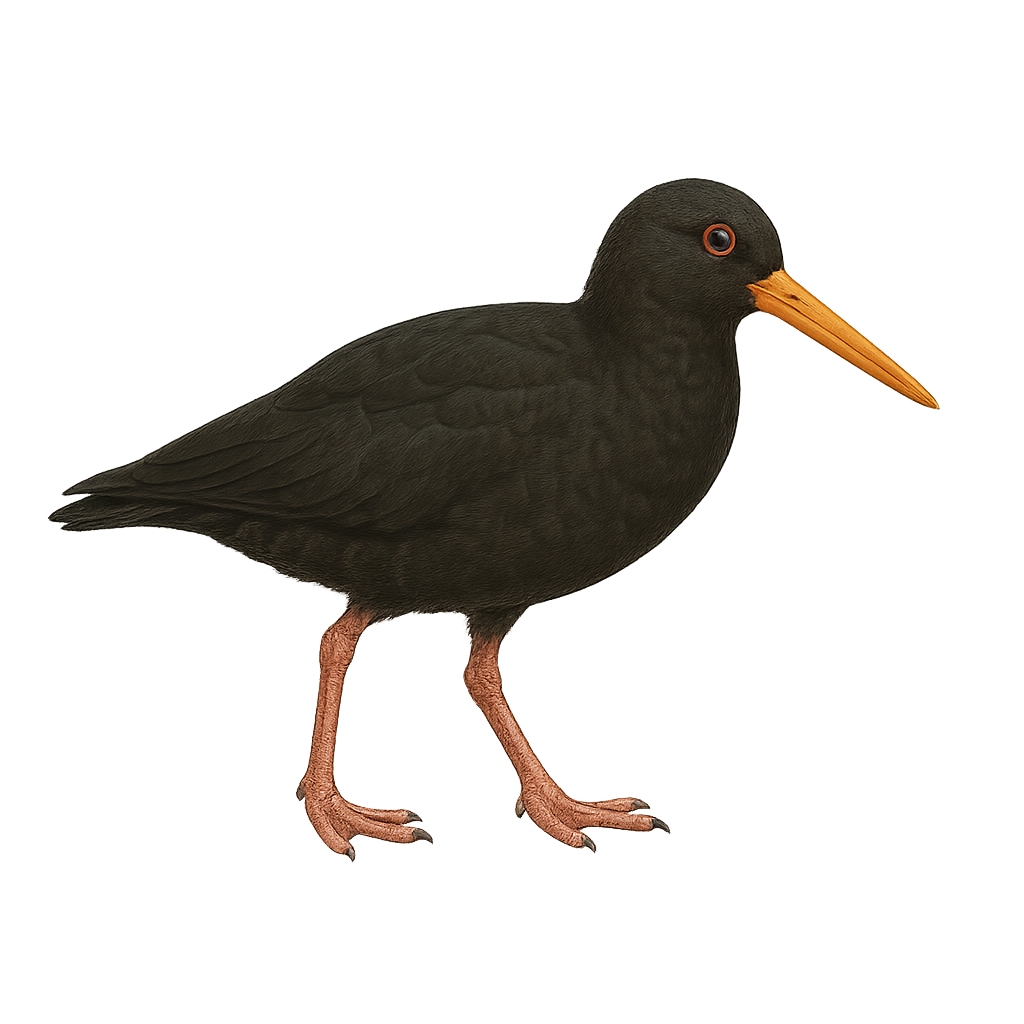Your wildlife photography guide.
Explore the variable oystercatcher in detail, study its behavior, prepare your shots.
Where to observe and photograph the variable oystercatcher in the wild
Learn where and when to spot the variable oystercatcher in the wild, how to identify the species based on distinctive features, and what natural environments it inhabits. The WildlifePhotographer app offers tailored photography tips that reflect the variable oystercatcher’s behavior, helping you capture better wildlife images. Explore the full species profile for key information including description, habitat, active periods, and approach techniques.
Variable oystercatcher
Scientific name: Haematopus unicolor

IUCN Status: Endangered
Family: HAEMATOPODIDAE
Group: Birds
Sensitivity to human approach: Suspicious
Minimum approach distance: 10 m
Courtship display: September to November
Incubation: 27-28 jours
Hatchings: September to December
Habitat:
Sandy beaches, rocky shores
Activity period :
Primarily active during the day, with peak activity in the morning and late afternoon.
Identification and description:
The Variable oystercatcher, or Haematopus unicolor, is a bird endemic to the Chatham Islands in New Zealand. It is characterized by its entirely black plumage, bright red long bill, and pink legs. This coastal bird is often seen on sandy beaches and rocky shores, where it primarily feeds on mollusks and crustaceans. Although its population is limited to a restricted region, it plays a crucial role in the local ecosystem by regulating prey populations. The Variable oystercatcher is monogamous and forms lasting pairs. Nesting occurs on the ground, often near the sea, where the eggs are well camouflaged among pebbles and seaweed.
Recommended lens:
400mm – adjust based on distance, desired framing (portrait or habitat), and approach conditions.
Photography tips:
To photograph the Variable oystercatcher, it is advisable to use a telephoto lens of at least 400mm to capture detailed images without disturbing the bird. Approach slowly and maintain a safe distance of at least 10 m to avoid startling it. The best photo opportunities often occur early in the morning or late in the afternoon when the light is soft and the bird is active. Be patient and observe its behavior to anticipate its movements.
The WildlifePhotographer App is coming soon!
Be the first to explore the best nature spots, track rutting seasons, log your observations, and observe more wildlife.
Already 1 427 wildlife lovers subscribed worldwide

